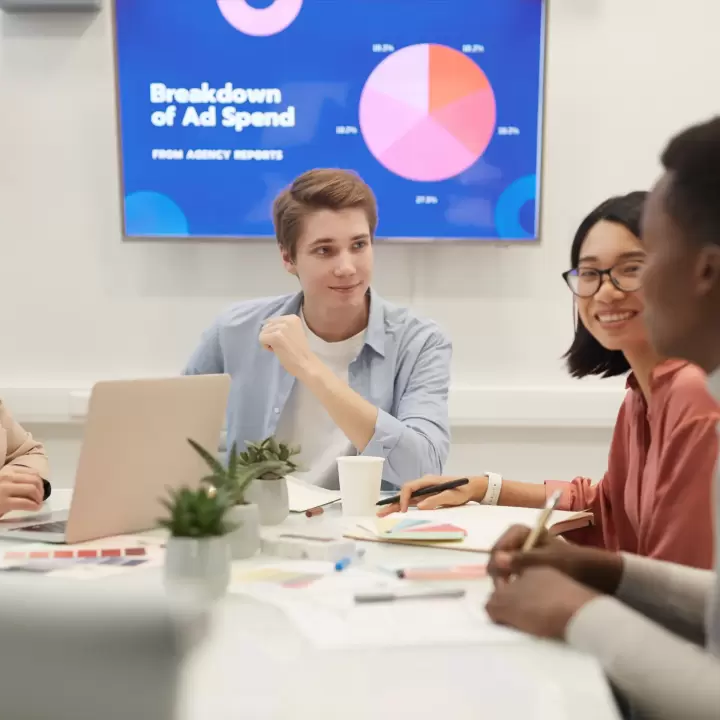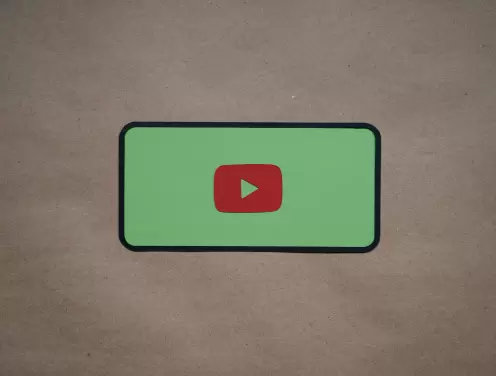How can social media revolutionize the educational landscape?
Discover how social media is transforming education by enhancing student engagement, fostering collaboration, and creating innovative learning opportunities. Dive into our blog post to explore the groundbreaking ways social media is reshaping the educational landscape!
LEARN MORE LAUNCH DEMO NOW In today's fast-paced digital era, social media is no longer just a platform for reconnecting with friends and sharing life updates. It has evolved into a powerful tool that can dramatically transform various domains, including education. The integration of social media in educational settings offers immense potential to enhance learning experiences, making information more accessible and engaging for students of all ages.
Educators and learners are beginning to realize the advantages of utilizing social media to foster a more interactive and collaborative environment. From virtual classrooms and live discussions to resource sharing and global networking, the possibilities are boundless. This blog post will delve into the myriad ways in which social media can revolutionize the educational landscape, providing practical insights and real-world examples for teachers and students alike.
Educators and learners are beginning to realize the advantages of utilizing social media to foster a more interactive and collaborative environment. From virtual classrooms and live discussions to resource sharing and global networking, the possibilities are boundless. This blog post will delve into the myriad ways in which social media can revolutionize the educational landscape, providing practical insights and real-world examples for teachers and students alike.
Table of Contents
- How to engage students using social media?
- What are the best social media platforms?
- How to ensure privacy and safety in social media?
- How can social media promote collaborative learning?
- How to use social media for peer-to-peer support?
- What role do social media play in research?
- How to integrate social media in lesson plans?
- How to measure the effectiveness of social media?
- Where do we go from here in education?
How to engage students using social media?
Engaging students using social media can be a game-changer in modern education. Teachers can create dedicated class groups or pages on platforms like Facebook or Google Classroom to share resources, post updates, and foster discussions. Incorporating interactive activities such as live Q&A sessions, and collaborative projects via Instagram Stories or TikTok can make learning more dynamic and relatable. Additionally, leveraging these platforms for peer-to-peer interactions and showcasing student achievements can build a strong, supportive online learning community.
What are the best social media platforms?
When it comes to social media platforms that can revolutionize the educational landscape, a few stand out. Facebook and Twitter are excellent for creating interactive student groups and facilitating discussions through posts and live chats. LinkedIn is another powerful platform, offering students and educators opportunities for networking and professional development. Lastly, YouTube remains unbeatable for providing diverse video content, from recorded lectures to educational tutorials, making learning accessible and engaging.
How to ensure privacy and safety in social media?
Ensuring privacy and safety on social media for educational purposes starts with strict data protection measures, including encryption and secure access protocols. Educators and institutions should teach students about online safety, emphasizing the importance of strong passwords and the risks of sharing personal information. Additionally, using platforms with robust privacy settings and regularly updating these settings can offer an extra layer of security. Finally, fostering open communication channels where students can report suspicious activities or breaches ensures a proactive approach to online safety.
How can social media promote collaborative learning?
Social media can significantly promote collaborative learning by providing platforms where students and educators can connect and share resources seamlessly. Platforms like Facebook groups, Twitter chats, and LinkedIn communities facilitate real-time discussions, enabling students to work on projects together regardless of their physical location. These virtual spaces also encourage the exchange of diverse ideas and perspectives, fostering a richer learning experience. Moreover, social media tools often include features like file sharing, polls, and video conferencing, making collaborative tasks more organized and efficient.
How to use social media for peer-to-peer support?
Using social media for peer-to-peer support in education can be incredibly effective and enriching. Students can create dedicated groups or chat threads on platforms like Facebook, Reddit, or WhatsApp to share study materials, discuss difficult concepts, and provide moral support. These virtual communities allow learners to collaborate in real-time, ask questions openly, and receive instant feedback from their peers. By harnessing the power of social media, students can cultivate an interactive and supportive learning environment that extends beyond the classroom.
What role do social media play in research?
Social media plays a pivotal role in research by facilitating the swift exchange of ideas and findings among scholars and students. Platforms like Twitter and LinkedIn allow researchers to share their work, engage in academic discussions, and collaborate with peers globally. Additionally, these networks provide access to a plethora of resources and real-time updates in various fields of study. This easy access to a diverse range of information can significantly accelerate the research process and enhance the quality of academic outputs.
How to integrate social media in lesson plans?
To integrate social media into lesson plans, start by selecting platforms your students are already familiar with, such as Instagram or Twitter. Create assignments that encourage them to share their projects, videos, or insights using specific educational hashtags. Engage them in discussions by setting up class groups or pages where they can post and comment on course-related topics. Additionally, utilize social media tools to host live Q&A sessions or virtual study groups, enhancing collaboration and interactive learning.
How to measure the effectiveness of social media?
To measure the effectiveness of social media in revolutionizing the educational landscape, educators and institutions can track a variety of metrics. For instance, engagement rates, such as likes, shares, and comments on educational content, can provide insights into how well the information resonates with students. Monitoring the growth in followers or community members also indicates increased interest and dissemination of educational materials. Additionally, feedback through surveys and direct messages can offer qualitative data on user satisfaction and educational impact.
Where do we go from here in education?
As we look to the future of education, it's clear that the integration of social media offers exciting possibilities for enhancing learning experiences. Educators, students, and institutions need to embrace these tools strategically to create more interactive, engaging, and personalized educational journeys. By leveraging platforms for collaboration, real-time feedback, and resource sharing, we can break down traditional barriers and foster a more inclusive and dynamic learning environment.
However, realizing this vision requires careful planning, continuous training, and a commitment to digital literacy. Educational stakeholders must work together to develop guidelines and best practices to maximize the benefits while addressing potential risks, such as data privacy and screen time. By staying adaptable and open to innovation, we can harness the full potential of social media to revolutionize education, making it not just a place of learning, but a community of shared knowledge and growth. Where we go from here is up to us, but the path forward is undoubtedly paved with opportunities for a brighter, more connected future in education.
However, realizing this vision requires careful planning, continuous training, and a commitment to digital literacy. Educational stakeholders must work together to develop guidelines and best practices to maximize the benefits while addressing potential risks, such as data privacy and screen time. By staying adaptable and open to innovation, we can harness the full potential of social media to revolutionize education, making it not just a place of learning, but a community of shared knowledge and growth. Where we go from here is up to us, but the path forward is undoubtedly paved with opportunities for a brighter, more connected future in education.
SOCIAL MEDIA SCHEDULER
Plan and publish...
Plan and publish your content for Facebook, Instagram, Twitter, and LinkedIn from one simple dashboard.
LEARN MORE FREQUENTLY ASKED QUESTIONS
What is social media management platform?
RELATED BLOG POSTS
All the tips & tricks you'll need...
Get the fresh tips and tricks you'll need to ace social media marketing.














